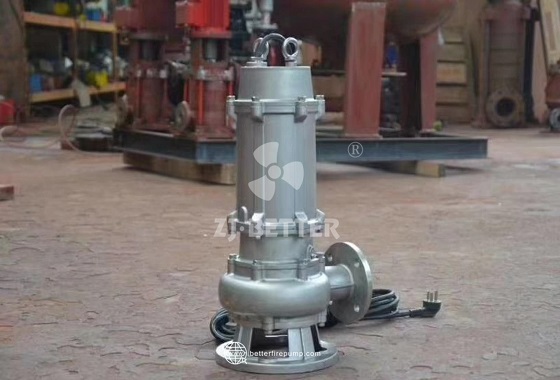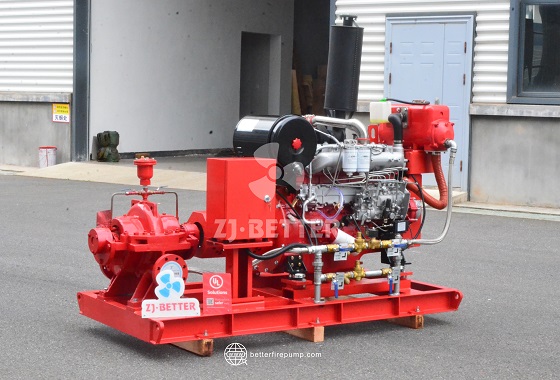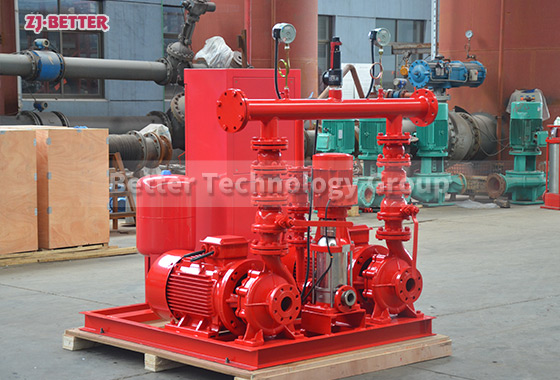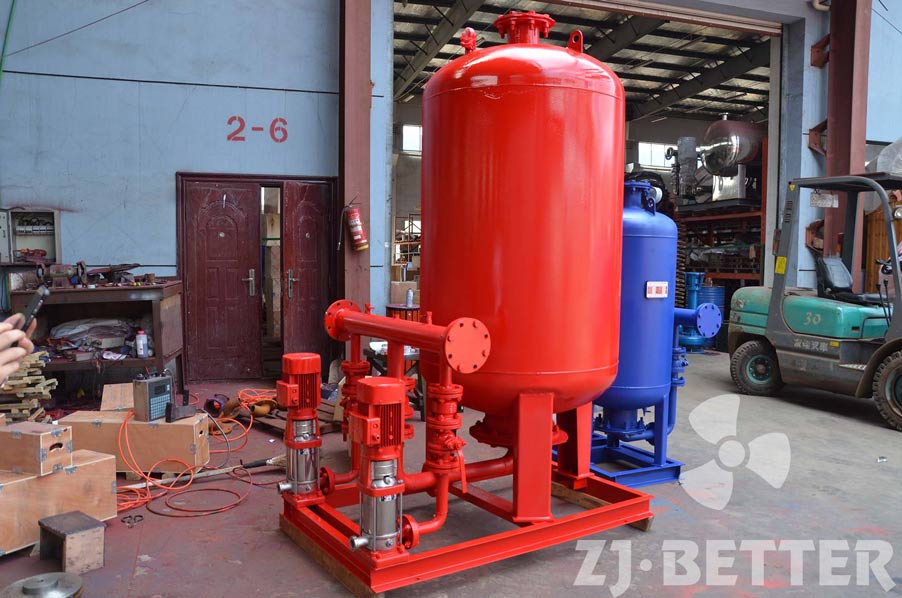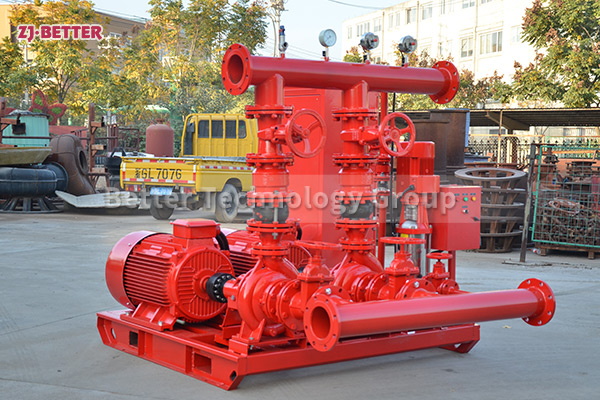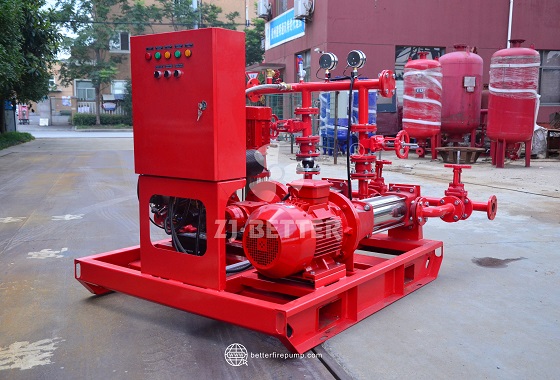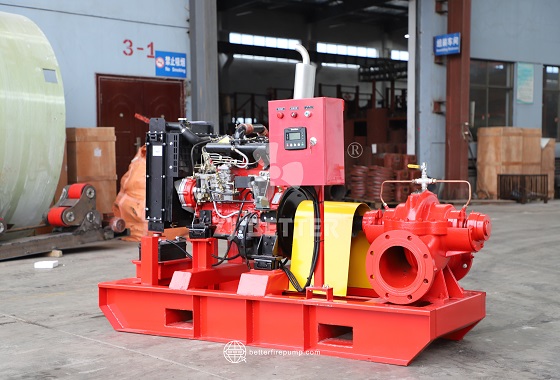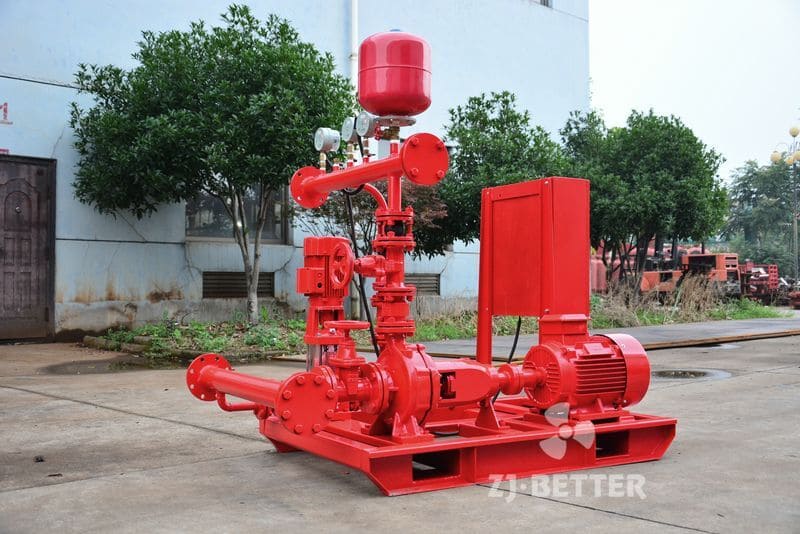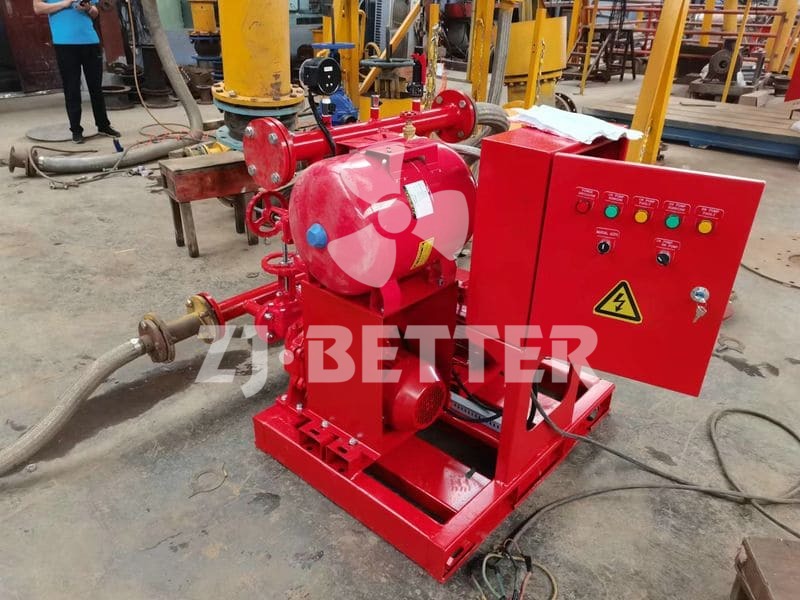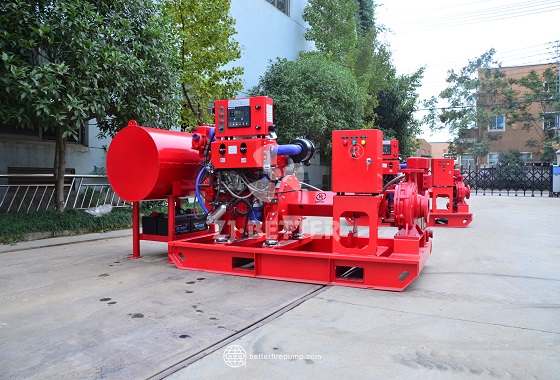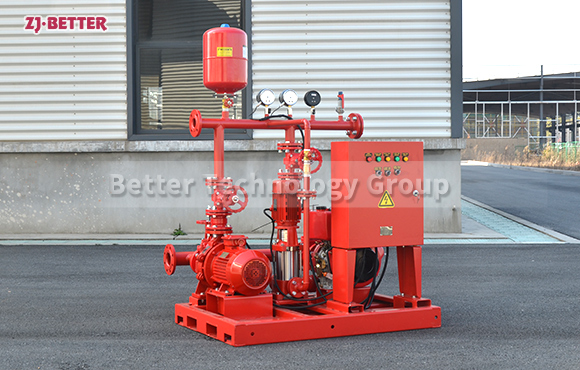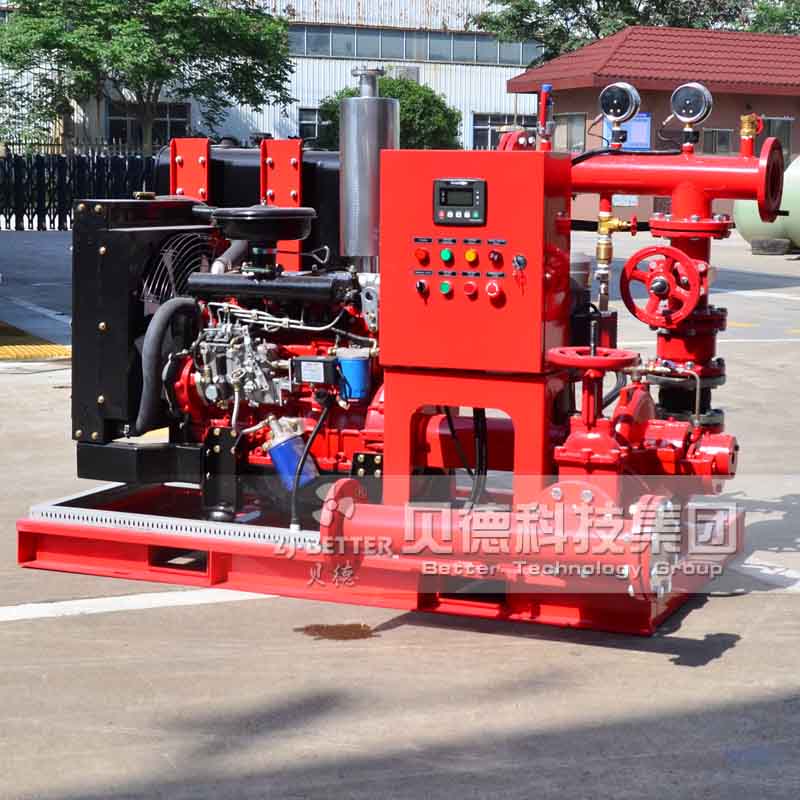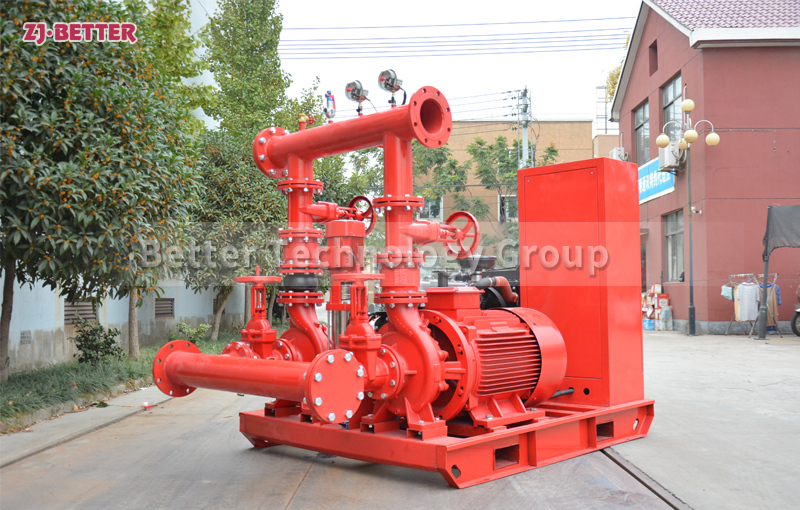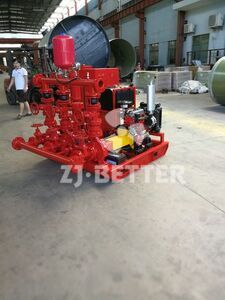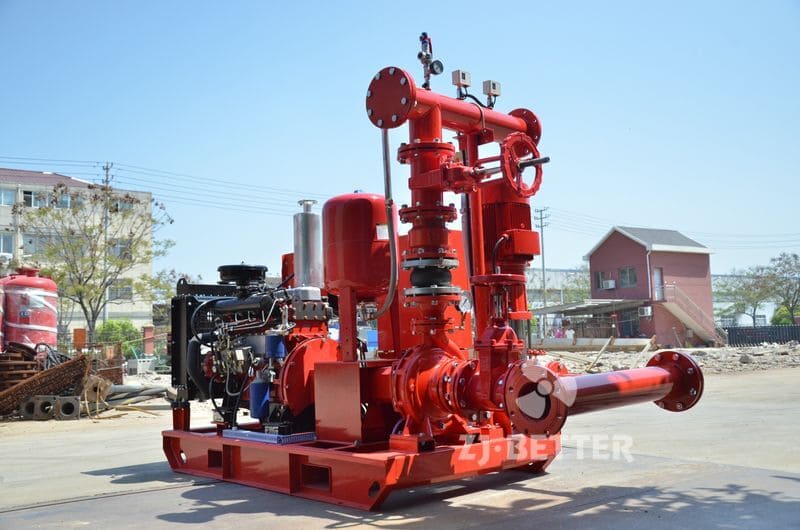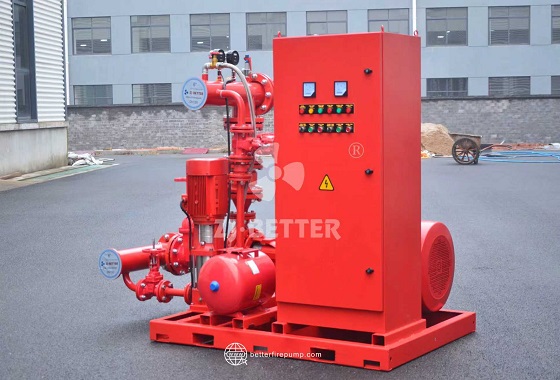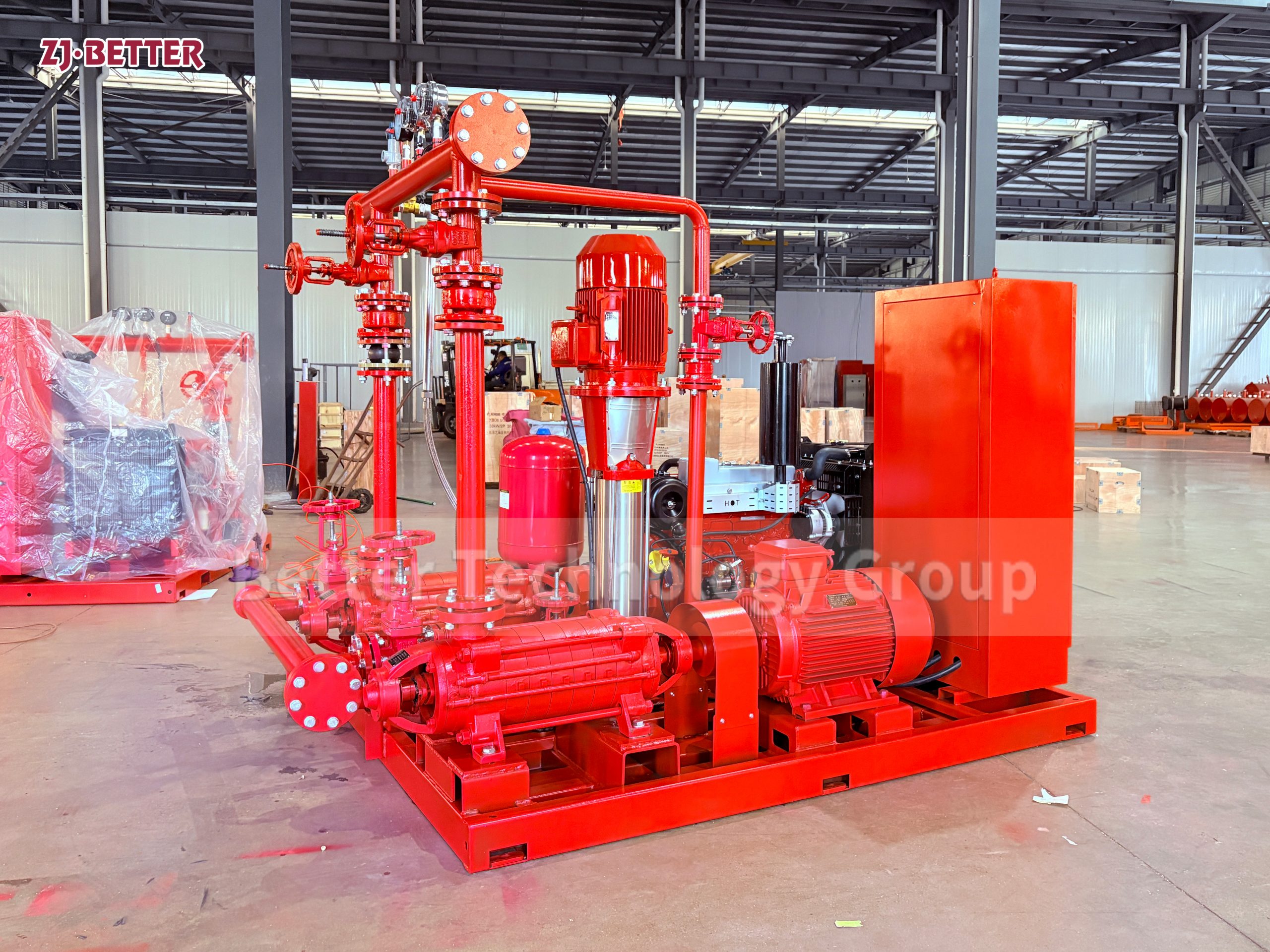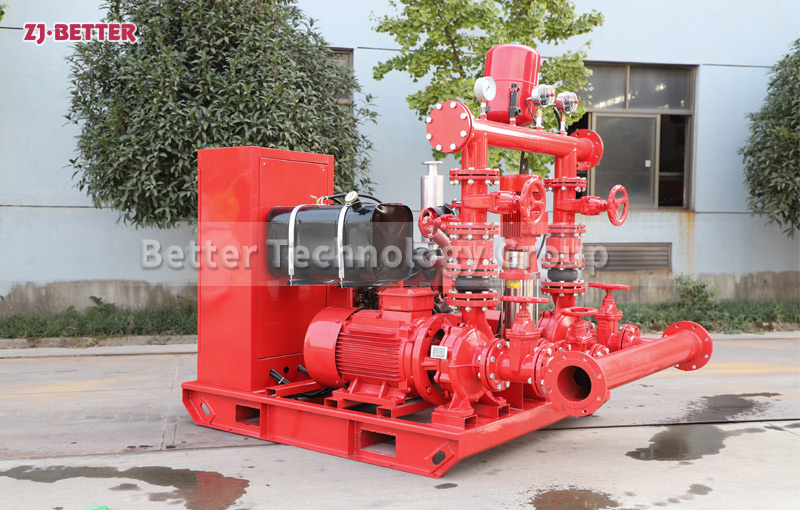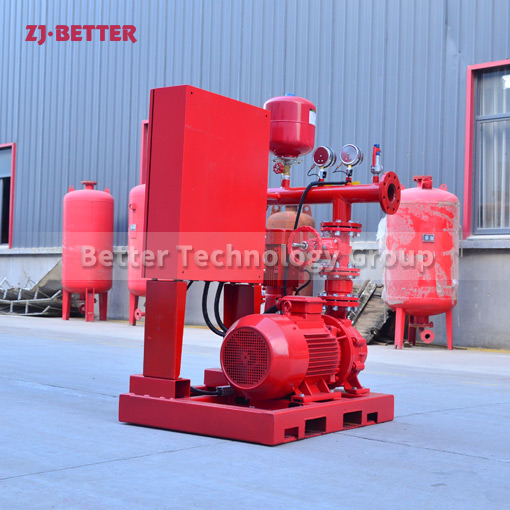Corrosion-Resistant Stainless Steel Sewage Pump for Safe Drainage in Critical Applications
Discover the ZJ-Better 304 stainless steel submersible sewage pump — engineered for superior corrosion resistance, reliable drainage, and long-lasting performance in harsh industrial and wastewater environments.
The ZJ-Better 304 stainless steel submersible sewage pump represents a cutting-edge solution for reliable and safe drainage in critical applications. Designed with high-grade 304 stainless steel, this pump provides exceptional corrosion resistance, making it particularly suitable for aggressive environments such as chemical processing plants, food and beverage industries, wastewater treatment facilities, and marine installations. One of the primary advantages of this sewage pump is its material composition. The use of 304 stainless steel ensures long-term resistance to rust, oxidation, and chemical damage, even when operating in highly acidic, alkaline, or salty water conditions. Unlike traditional cast iron pumps that are susceptible to corrosion over time, especially in corrosive environments, this stainless steel pump maintains its structural integrity and performance, reducing maintenance frequency and overall lifecycle cost. The pump’s submersible design allows for direct placement into wastewater pits or tanks, eliminating the need for complex piping systems and external priming. This feature enhances operational efficiency and safety, particularly in environments where exposure to harmful gases or biohazards is a concern. In addition, submersible operation significantly reduces noise levels, offering a quieter and more comfortable working environment. ZJ-Better’s 304 stainless steel sewage pump is equipped with a robust, high-efficiency motor that delivers consistent and powerful performance. The motor is designed with multiple protective mechanisms including thermal overload protection, automatic shutdown in case of dry running, and waterproof sealing to ensure safe and continuous operation even under demanding conditions. The internal impeller is engineered to handle solid particles and suspended debris, preventing clogging and maintaining uninterrupted flow. One of the key advantages of this pump is its versatility. It is suitable for a wide range of applications including industrial sewage discharge, stormwater drainage, food-grade waste pumping, and fluid transfer in pharmaceutical or chemical environments. Its ability to handle viscous and contaminated liquids makes it an indispensable tool in industries that demand strict hygiene and corrosion control. Furthermore, the pump’s compact design allows it to fit into narrow spaces, making it ideal for retrofitting projects or installations where space is limited. The precision-engineered components of the ZJ-Better stainless steel sewage pump ensure long-term durability and resistance to mechanical wear. All sealing parts are carefully designed to prevent leakage, even after prolonged operation. In addition, the pump’s outer shell is polished for enhanced resistance to scaling and easier cleaning, supporting sanitary requirements in food and pharma industries. From an energy-efficiency perspective, the pump’s motor is optimized for low energy consumption without compromising on flow rate or head. This not only reduces electricity costs but also contributes to environmentally friendly operation by lowering carbon emissions. The pump supports both continuous and intermittent duty cycles, adapting to the operational needs of various industries. Maintenance is straightforward thanks to the modular design. The motor, impeller, and sealing systems can be disassembled independently, simplifying inspection and part replacement. This design philosophy reduces downtime and improves the pump’s availability, which is critical in emergency drainage or 24/7 operations. In terms of control options, ZJ-Better offers intelligent control panels compatible with this model, enabling remote monitoring, real-time alerts, and integration with existing automation systems. This improves operational visibility, prevents potential failures, and enhances overall system management. The pump is also CE and ISO certified, ensuring compliance with international safety and performance standards. With a strong focus on safety, every ZJ-Better stainless steel sewage pump is rigorously tested before delivery. This includes pressure testing, insulation testing, and performance curve validation to ensure that the pump delivers consistent flow and head according to the rated specifications. Additionally, each unit undergoes corrosion resistance verification to meet the specific demands of the client’s environment. Customers around the world have come to trust ZJ-Better for its dedication to quality and customization. This sewage pump model is available in a variety of configurations, including optional float switches, thermal sensors, and customized power ratings. ZJ-Better can also adjust inlet and outlet diameters based on the user’s site requirements, offering true flexibility and value. For users in marine, mining, or hazardous chemical areas, optional flameproof motors and explosion-proof enclosures are available. These features further expand the pump’s applicability in high-risk environments where safety and reliability are non-negotiable. In summary, the ZJ-Better 304 stainless steel submersible sewage pump offers unmatched advantages in corrosion resistance, operational reliability, energy efficiency, and maintenance simplicity. Its thoughtful engineering and durable materials make it the preferred choice for critical drainage tasks across a wide spectrum of industries. Whether it’s protecting the integrity of a food plant’s waste management system or ensuring safe drainage in a chemical processing facility, this pump delivers performance you can rely on. Choosing ZJ-Better means investing in equipment that combines advanced technology with decades of manufacturing expertise to ensure your drainage operations remain safe, efficient, and compliant.

